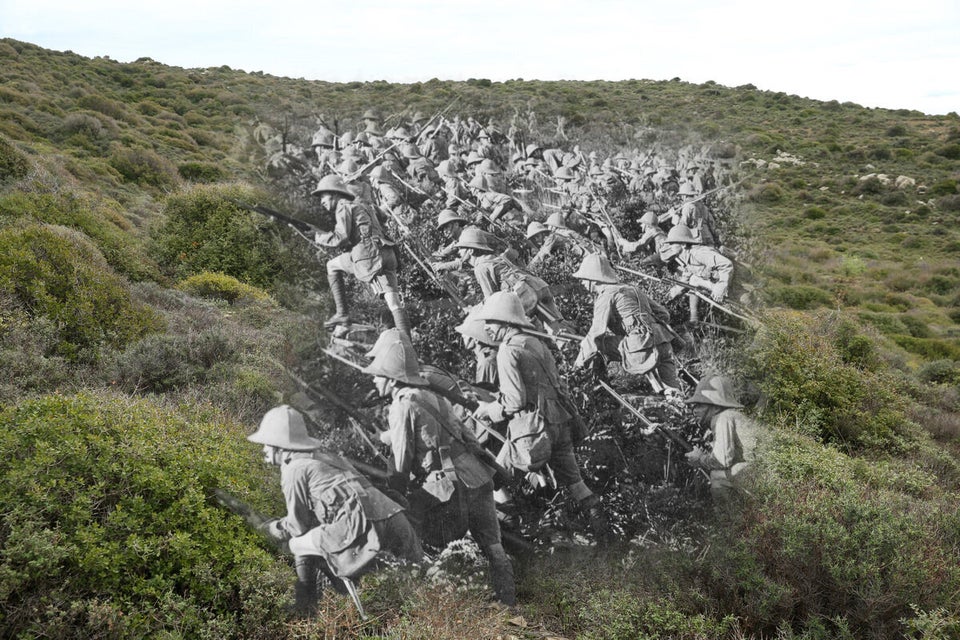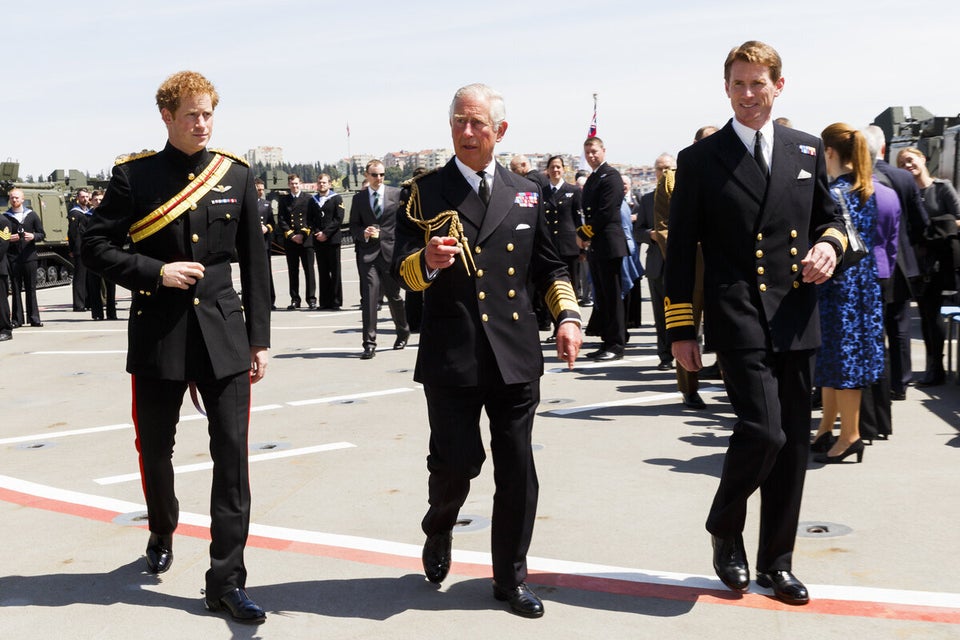The small headland of Gallipoli, which juts out from Turkey’s western coast, witnessed some of the most extraordinary combat of the First World War. Between April 2015 and January 1916, troops from Britain and France battled Ottoman soldiers on their home soil, resulting in nine months of savage fighting turning the slender stretch of turf by the Aegean into a graveyard for many thousands of young men.
The plan, hatched by the British First Lord of the Admiralty Winston Churchill, was to end the war by attacking the capital of the Ottoman Empire, Constantinople (modern-day Istanbul). To do so, British warships required access to the Dardanelles, a small channel through which the Royal Navy could gain passage to the historic city. Gallipoli was the half-a-mile wide piece of land separating the Aegean and the Marmara Sea over which Churchill demanded the British flag.
After an Allied naval attack failed, British and French troops were dispatched to occupy the head of the peninsula, while the middle was tasked to the Australians and New Zealanders. More than 100,000 are thought to have died in the battle, including an estimated 10,000 Anzacs. Ultimately the Allies lost, with Gallipoli heralded as the greatest Ottoman victory of the First World War.
Such was the impact of Gallipoli in the Seventies the government in Ankara turned the battleground into a national park, with archeologists currently excavating the site to commemorate the centenary of the conflict.

